Prøve GULL - Gratis
Don't reinvent the wheel
Shooting Times & Country
|July 15, 2020
Selective breeding has turned wild polecats into working ferrets. James McKay says there’s no need to reverse this

The European polecat (Mustela putorius) was once considered to be a vicious, cold-blooded killer of gamebirds and, as such, was fair game for gamekeepers. Indeed, the keepers’ employers used to insist that all polecats, along with many other predatory species, were hounded unmercifully. Little wonder then that at the end of the 19th century the polecat was all but extinct, with just a few tiny populations left in areas not used for game shooting.
In 1914, thousands of gamekeepers joined the British Army and headed to France; few returned. The world had changed and one of the consequences of this was that estates no longer had the manpower to carry out intensive pest control. The polecat prospered.
Today, the polecat is widespread throughout Wales and has spread across the Midlands, too; with research proving that, in winter, the vast majority of the polecat’s prey species are rodents, particularly rats. Consequently, farmers are not too bothered about controlling their numbers. Under the 1981 Wildlife & Countryside Act, it is unlawful to trap polecats, and more and more country folk are welcoming back this once almost extinct animal.
Pure blood
For ferreters, the polecat has always held a special place; it is believed by many that the ferret, so beloved by countrymen and women for generations, is a domesticated European polecat. It has also been stated by many that ferrets ‘with a bit of polecat blood’ work many times better than the average ferret.
I have read several British books, the authors of which assure the reader that they have acquired a ‘wild polecat’ and hybridised it with the ferrets from their own backyard.
Denne historien er fra July 15, 2020-utgaven av Shooting Times & Country.
Abonner på Magzter GOLD for å få tilgang til tusenvis av kuraterte premiumhistorier og over 9000 magasiner og aviser.
Allerede abonnent? Logg på
FLERE HISTORIER FRA Shooting Times & Country
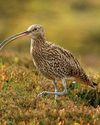
Shooting Times & Country
United we stand
Following United Utilities' decision to end grouse shooting on its land, Lindsay Waddell asks what will happen if we ignore our vital moors
5 mins
August 02, 2023

Shooting Times & Country
Serious matters
An old gamebook prompts a contemplation on punt-gunning
3 mins
August 02, 2023
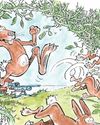
Shooting Times & Country
They're not always as easy as they seem
While coneys of the furry variety don't pose a problem for Blue Zulu, he's left frustrated once again by bolting bunnies of the clay sort
5 mins
August 02, 2023
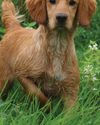
Shooting Times & Country
Debutant gundogs
There's lots to think about when it comes to making the decision about when to introduce your dog to shooting
4 mins
August 02, 2023
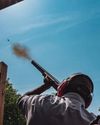
Shooting Times & Country
When the going gets rough
Al Gabriel returns to the West London Shooting School to brush up on his rough shooting technique
5 mins
August 02, 2023
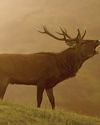
Shooting Times & Country
The Field Guide To British Deer - BDS 60th Anniversary Edition
In this excerpt from the 60th anniversary edition of the BDS's Field Guide To British Deer, Charles Smith-Jones considers the noise they make
4 mins
August 02, 2023
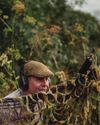
Shooting Times & Country
A step too far?
Simon Garnham wonders whether a new dog, a new gun and two different fields in need of protection might have been asking too much for one afternoon's work
6 mins
August 02, 2023
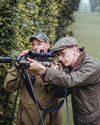
Shooting Times & Country
Two bucks before breakfast
A journey from old South London to rural Hertfordshire to stalk muntjac suggests that the two aren't as far detached as they might seem
6 mins
August 02, 2023
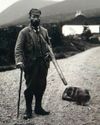
Shooting Times & Country
Stalking Diary
Stalkers can be a sentimental bunch, and they often carry a huge attachment to their hill
2 mins
August 02, 2023

Shooting Times & Country
Gamekeeper
Alan Edwards believes unique, private experiences can help keepers become more competent and passionate custodians of the countryside
3 mins
August 02, 2023
Translate
Change font size
